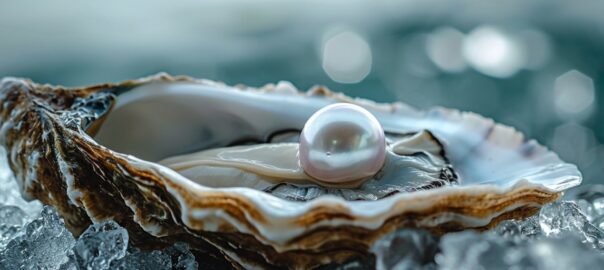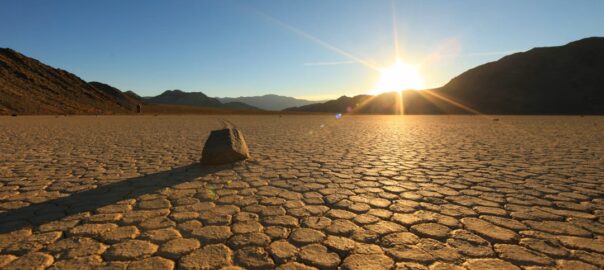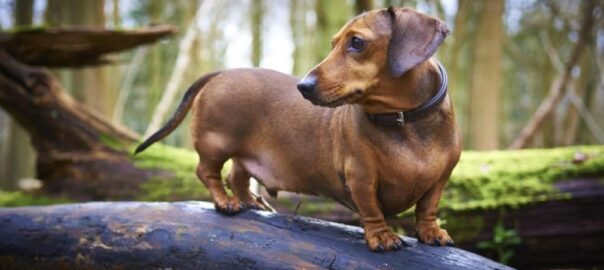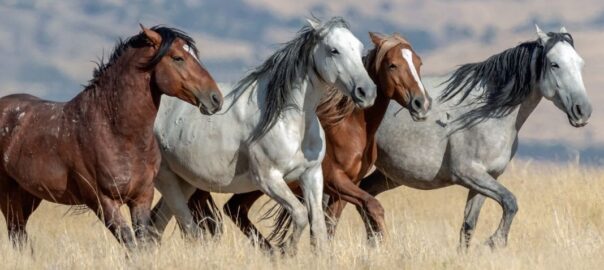Few creatures embody the raw, unadulterated beauty and untamed spirit of the tropical rainforest quite like the macaw, often simply referred to by its genus name, Ara. These magnificent parrots, with their dazzling plumage, impressive size, and remarkable intelligence, are living symbols of the vibrant biodiversity found in Central and South America.
A Symphony of Color and Form
What first strikes anyone encountering a macaw is its breathtaking appearance. From the blazing reds of the Scarlet Macaw to the deep blues and sun-kissed golds of the Blue-and-Gold Macaw, and the verdant greens of the Great Green Macaw, their feathers create a moving kaleidoscope against the emerald backdrop of their jungle homes. Their long, tapering tails can add significant length to their already substantial bodies, making them among the largest parrots in the world.
Beyond the vibrant hues, macaws possess other distinctive features. The bare patches of skin around their eyes, often white with fine lines of tiny feathers, are unique to each individual, almost like human fingerprints. Their powerful, curved beaks are formidable tools, perfectly adapted for cracking open the toughest nuts and seeds, as well as for climbing and manipulating objects with astonishing dexterity.
Guardians of the Canopy
Macaws are true denizens of the canopy, spending most of their lives high in the trees of humid lowland rainforests, gallery forests, and woodland edges. They are vital components of their ecosystems, playing a crucial role as seed dispersers. By consuming fruits and nuts and then depositing seeds elsewhere, often far from the parent tree, they help rejuvenate the forest and maintain its incredible diversity.
Their diet is varied, including a wide array of fruits, nuts, seeds, flowers, and even clay from riverbanks (known as clay licks). These clay licks are thought to neutralize toxins found in some of their food and provide essential minerals, making them critical communal gathering points where dozens of macaws can be seen at dawn, a truly spectacular sight.
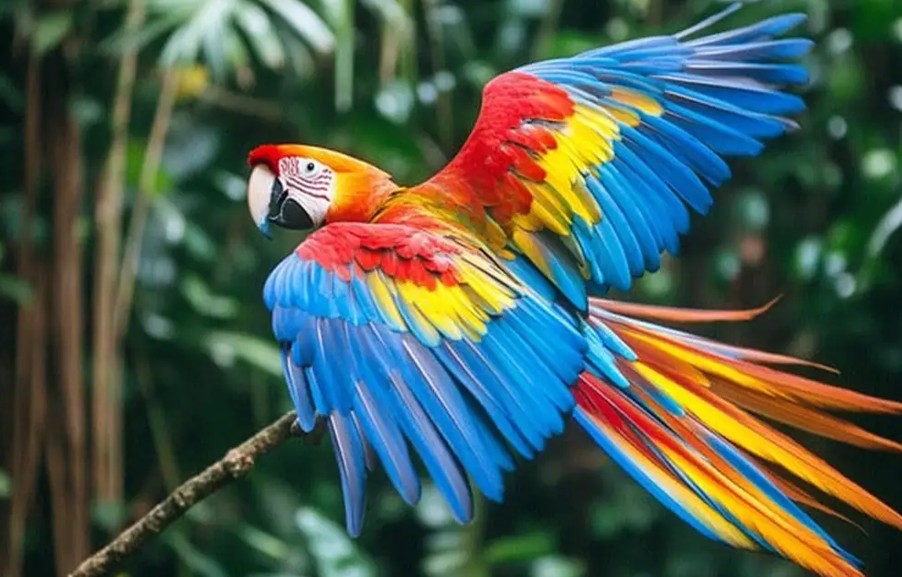
Intelligence and Social Grace
Macaws are not just beautiful; they are also among the most intelligent birds on the planet. Highly social animals, they typically live in large flocks, communicating through a complex repertoire of squawks, screeches, and calls that can carry for miles through the dense forest. They form strong, often monogamous, pair bonds that can last a lifetime, with pairs often seen flying together, wingtip to wingtip, even within larger flocks.
Their intelligence is evident in their problem-solving abilities, their capacity for mimicry (though wild macaws rarely mimic human speech), and their playful, curious nature. They engage in complex social interactions, preening each other, sharing food, and establishing clear hierarchies within their groups.
A Call for Conservation
Despite their majesty, many macaw species face significant threats. Habitat destruction due to deforestation for agriculture, logging, and mining is the primary danger, fragmenting their homes and diminishing their food sources. The illegal pet trade also continues to decimate wild populations, with thousands of macaws captured each year, often enduring horrific conditions. Climate change further exacerbates these challenges, altering weather patterns and affecting food availability.
As a result, several macaw species are listed as endangered or critically endangered, highlighting the urgent need for conservation efforts. Protected areas, anti-poaching initiatives, and sustainable land-use practices are crucial for securing the future of these magnificent birds.
The macaw is more than just a bird; it is a symbol of the wild, untamed spirit of our planet’s most biodiverse regions. Its continued existence is a testament to the resilience of nature and a powerful reminder of our responsibility to protect the incredible tapestry of life that graces our world. To witness a flock of macaws soaring overhead, a living rainbow against the blue sky, is to experience a moment of pure, unadulterated wonder – a wonder that must be preserved for generations to come.
